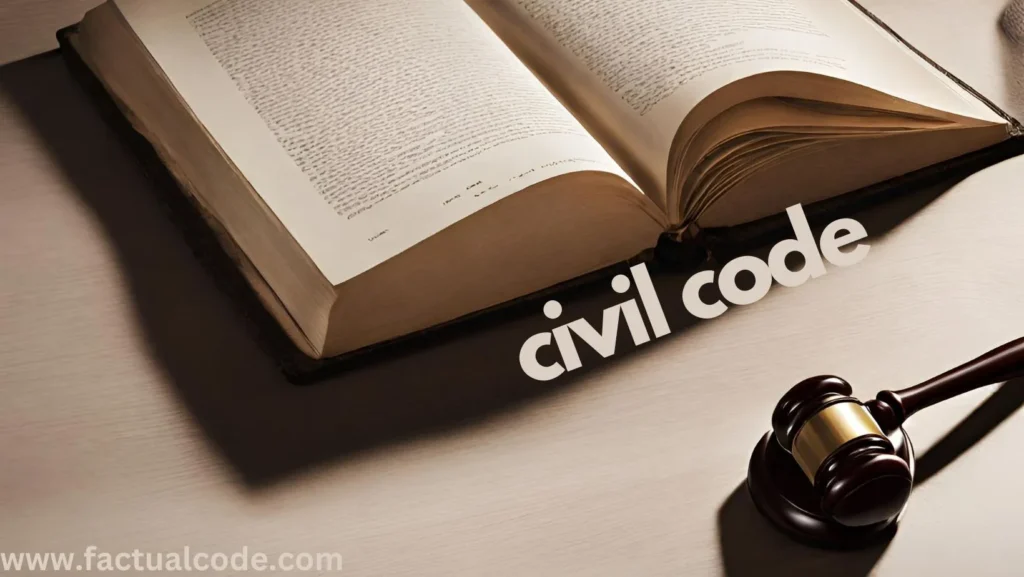The Limitation Act, 1963 prescribes the time limits within which various types of legal actions must be initiated. If these time limits are exceeded, the claim is considered “barred by limitation,” meaning the party can no longer file the suit. The following note explains the limitation periods for key legal actions and details the commencement of time for each.
1. Suit for Arrears of Rent
1.1. Period of Limitation:
- The limitation period for filing a suit for arrears of rent is 3 years from the date when the rent becomes due.
1.2. When Time Begins to Run:
- Time begins to run from the date when the rent becomes due, whether it is due monthly, quarterly, or annually.
1.3. Relevant Provision:
1.4. Example:
- Suppose a tenant’s rent is due on 1st January 2024, but the tenant fails to pay. The limitation period will start on 1st January 2024, and the landlord will have 3 years (until 1st January 2027) to file a suit for the recovery of rent.
1.5. Key Points:
- The cause of action arises as soon as the rent becomes due and remains unpaid.
- If the rent is payable periodically (e.g., monthly or quarterly), each unpaid installment will have its own limitation period of 3 years.
2. Suit by Mortgagee for Foreclosure
2.1. Period of Limitation:
- The limitation period for filing a suit for foreclosure by a mortgagee (lender) is 30 years from the date the money secured by the mortgage becomes due.
2.2. When Time Begins to Run:
- Time begins to run from the date when the money secured by the mortgage becomes due, as per the mortgage deed or agreement.
2.3. Relevant Provision:
2.4. Example:
- If the mortgage deed specifies that the repayment is due on 1st January 2020, but the borrower defaults, the limitation period for the lender to file for foreclosure begins on 1st January 2020 and extends for 30 years (until 1st January 2050).
2.5. Key Points:
- The period is counted from the date the mortgage debt becomes due for repayment.
- If no specific date is mentioned in the mortgage agreement, the limitation period may begin from the demand for repayment.
- Foreclosure refers to the lender’s action to terminate the borrower’s right to redeem the mortgaged property.
3. Application for Execution of a Decree
3.1. Period of Limitation:
- The limitation period for filing an application for the execution of a decree is 12 years from the date when the decree becomes enforceable.
3.2. When Time Begins to Run:
- The time begins to run from the date when the decree becomes enforceable, which is usually the date the court passes the decree, unless a later date is specified in the decree itself.
3.3. Relevant Provision:
3.4. Example:
- If a court passes a decree on 1st January 2024, the decree-holder has 12 years (until 1st January 2036) to file for execution.
3.5. Key Points:
- The right to apply for execution arises once the decree becomes enforceable.
- Any appeal or stay on the decree can affect the time frame for execution.
- Execution refers to the process of enforcing the decree or court order.
| Nature of Action | Period of Limitation | When Time Begins to Run | Relevant Article |
|---|---|---|---|
| Suit for arrears of rent | 3 years | From the date the rent becomes due | Article 52 |
| Suit by mortgagee for foreclosure | 30 years | From the date the money becomes due | Article 63(a) |
| Application for execution of decree | 12 years | From the date the decree becomes enforceable | Article 136 |
Conclusion
The Limitation Act, 1963 is vital for determining the time frame within which legal actions must be taken. Understanding when time starts running for different legal actions and adhering to the specified limitation periods is crucial for preserving legal rights. Any delay in filing a suit or application beyond the prescribed period can result in the claim being dismissed as “time-barred.” It is, therefore, essential to keep track of payment due dates, the enforceability of decrees, and other critical factors involved in legal proceedings.
By carefully observing the limitation periods and knowing when time begins to run, individuals can ensure they take the necessary legal steps in a timely manner, thus avoiding the risk of losing their claims.

